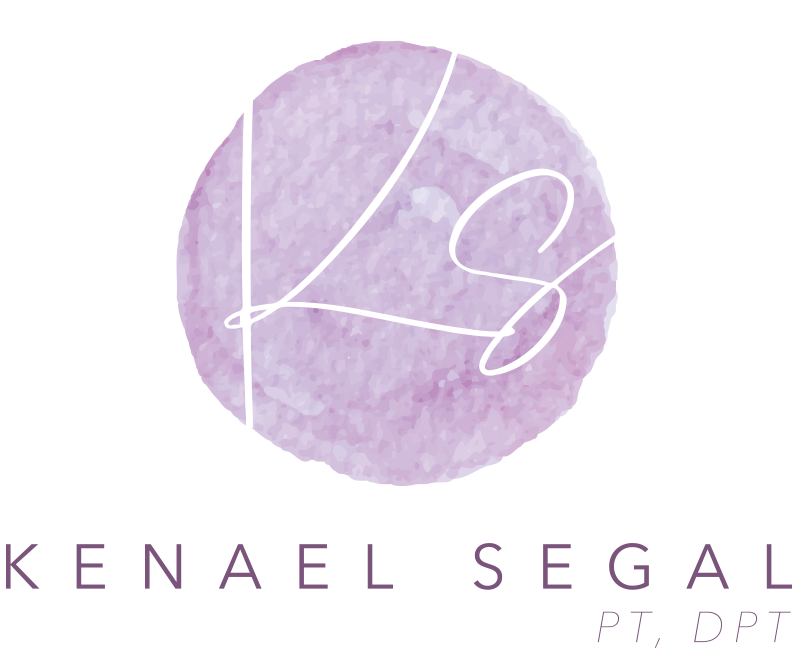Diastasis recti: you think you know, but you have no idea
If you have a baby or are close to someone that has had a baby, you’ve probably heard the term “diastatis rectus abdominis (DRA).” You may know it has something to do with your abdominal muscle but that is as far as your knowledge goes. Let’s clarify a few things here.
DRA is a separation of the abdominal wall of your rectus abdominis muscle. You know the washboard abs and the distinctive six-pack you aspire to have? That, is the rectus abdominis muscle. It consists of a left half and a right half, connected by fascia known as the linea alba. Although this condition is commonly discussed in relation to pregnant women due to its high incidence, it is NOT exclusive to pregnant women. It can occur in non-pregnant and postmenopausal women, men and I have witnessed it in children, including my own.
Although it’s not clear what causes it, some risk factors for developing DRA include:
pregnancy
heavy lifting
chronic coughing
breath holding with exertion
excessive weight
To find out if you have DRA, there’s a simple test you can perform yourself or with the help of someone brave. To complete the test follow the steps below:
Lie on your back with your knees bent, and your feet on the floor as if you are about to perform a crunch.
Place one hand behind your head, and the other hand at your belly button with your fingertips parallel with your waistline
Relax, gently press your fingertips into your abdomen, lift your head and shoulder blade off the surface.
Move your fingertips back and forth across your midline, feeling for edges of the left and right halves of your rectus adbominis muscle. Perform the steps outlined at, above, and below your belly button until you no longer feel separation. A separation of greater than 2 finger widths is indicative of DRA that should be addressed.
If you don't feel a separation, congratulations! If you do, do-not-panic. There is hope for you as there was for me (twice!). To start, learning how to contract your deep core muscle known as the transversus abdominis (TrA), located below your rectus abdominis, has been shown to help.
To find this muscle, lie on your back as if you are about to perform a crunch. Place your hands on your TrA, found just inside to your hip bones in the front. Take a deep breath in and as you exhale, tighten your TrA as if you are squeezing into those too tight pants you love so much. You should feel the the bulging of the muscles below your fingers. If you are tightening your six-pack, your butt or your legs, you’re doing too much. Relax and try again until you feel like you’ve got it. Whatever you do, do not hold your breath as you perform this or any exercise.
If you are having a terrible time locating your TrA or you want to make sure you are doing it correctly, don’t hesitate to reach out to your local women’s health PT. I also offer virtual services for those within and outside of the New Jersey area. It’s a good idea to see a PT who specializes in this condition anyway because there may be (or will be) more going on. Your PT can show you how to progress exercises when you're ready for more advanced ones as well as show you how to move correctly in your everyday life without compromising your already weak abdominals, making the condition worse. They don’t call us the “movement specialists” for nothing.
It's a good idea to know how to protect your core in your everyday life since poor movement habits can undo all the hard work you've done in exercise. Here are a few tips on how to protect your core in your everyday life.
When all hope is lost, keep calm and call on your local physical therapist.
